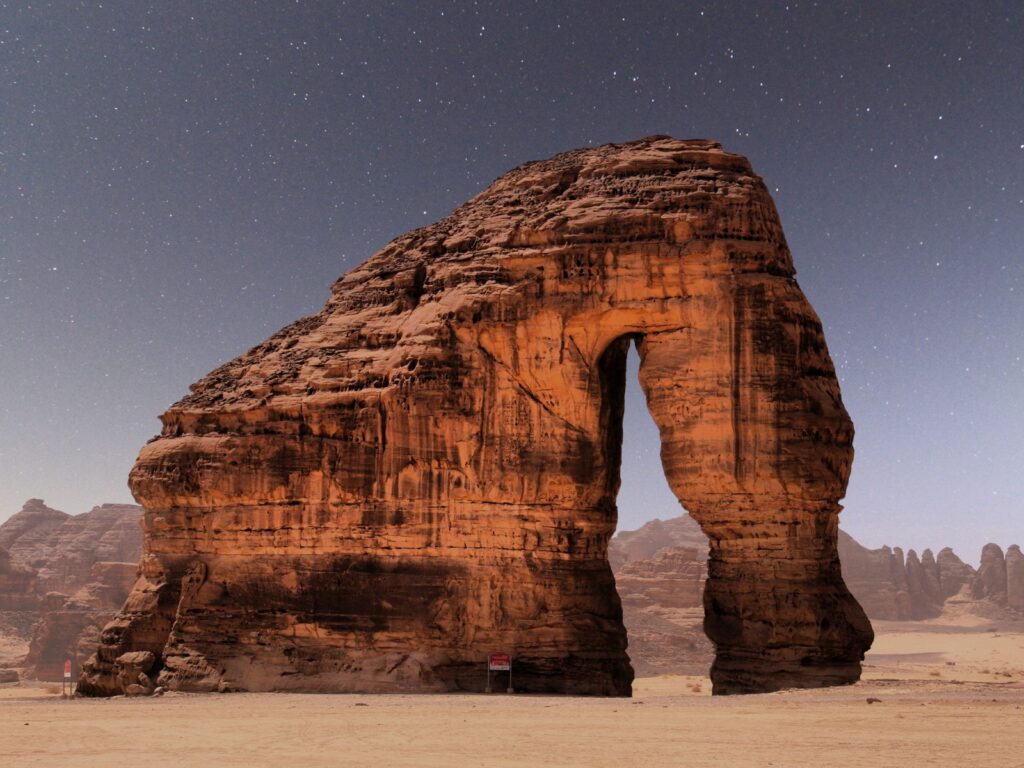Rocks might seem ordinary, but some have become extraordinary! From ancient monuments to natural wonders, these famous rocks have captured the hearts and minds of people worldwide. They hold secrets to our past, showcase the power of nature, and inspire us with their beauty. Get ready to discover 20 of the most incredible and iconic rocks on our planet.
Each one has a fascinating story to tell and will leave you in awe of the marvels that exist right beneath our feet. So, let’s embark on a journey to explore these geological celebrities and uncover what makes them so special. Whether you’re a history buff, nature lover, or simply curious about the world around you, this list has something for everyone. Prepare to be amazed as we reveal the fascinating facts and legends behind these remarkable rocks that have stood the test of time.
1. Uluru (Ayers Rock)
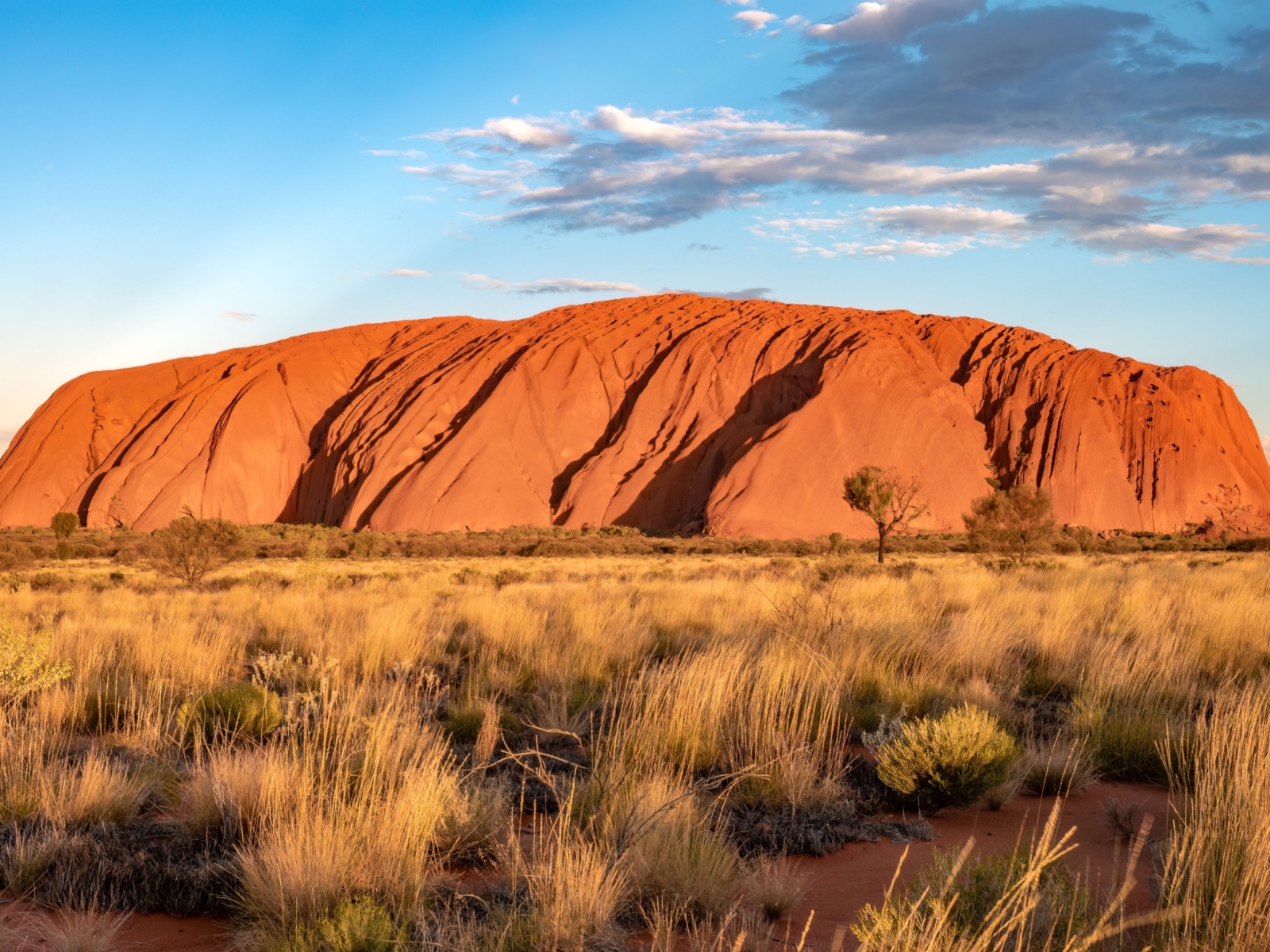
Located in the heart of Australia’s outback, Uluru is a massive sandstone rock formation that stands 348 meters tall. The rock is sacred to the indigenous Anangu people and is known for its stunning red color, which changes throughout the day as the sun moves across the sky. Visitors can take guided tours around the base of the rock or even climb to the top, although this is discouraged by the Anangu people.
2. Plymouth Rock
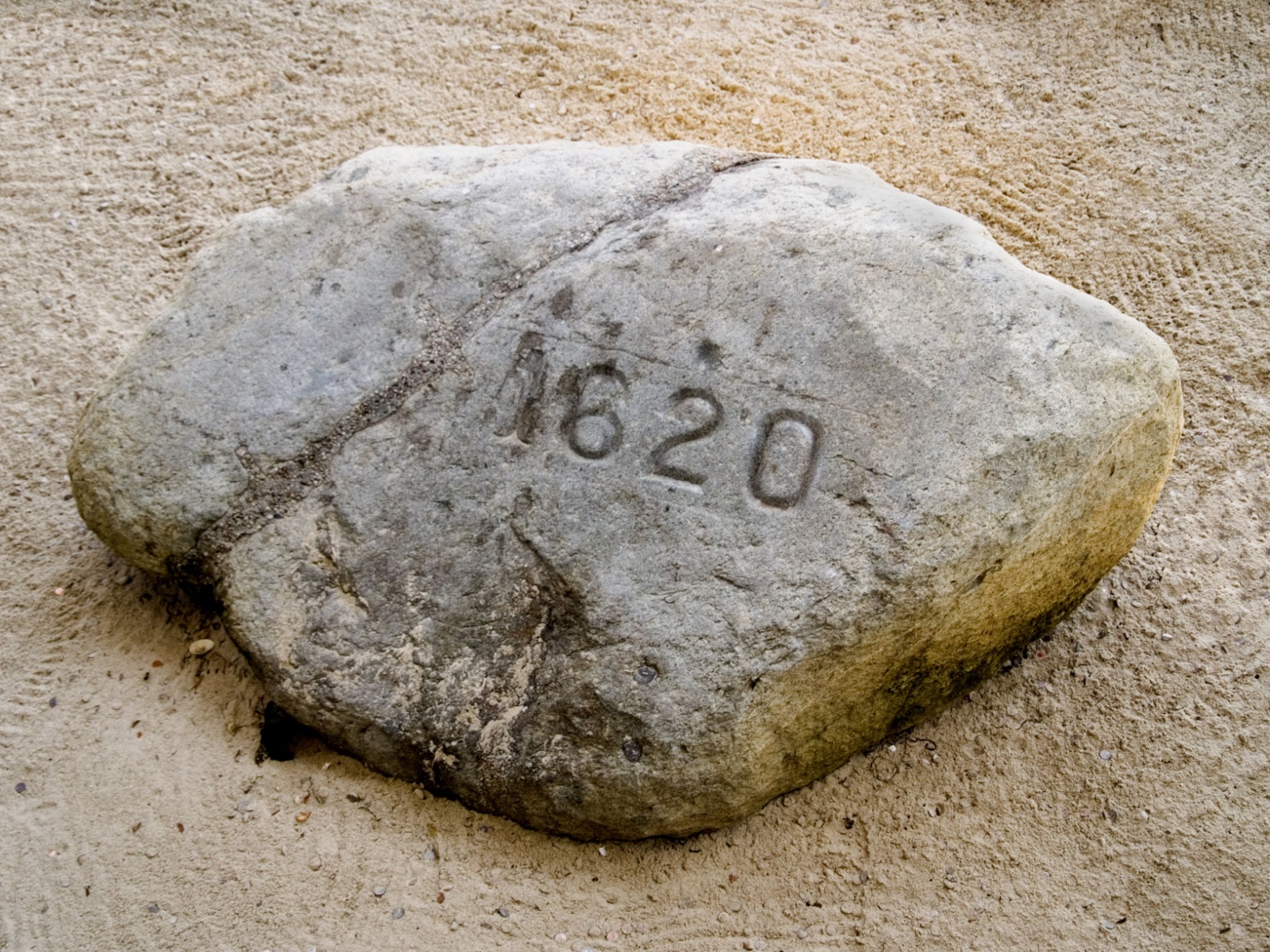
Plymouth Rock is a small, unassuming rock located in Plymouth, Massachusetts, but it holds a significant place in American history. According to legend, this is the spot where the Pilgrims first set foot on American soil in 1620 after crossing the Atlantic on the Mayflower. Today, visitors can see the rock and learn about its history at the Pilgrim Memorial State Park.
3. The Blarney Stone
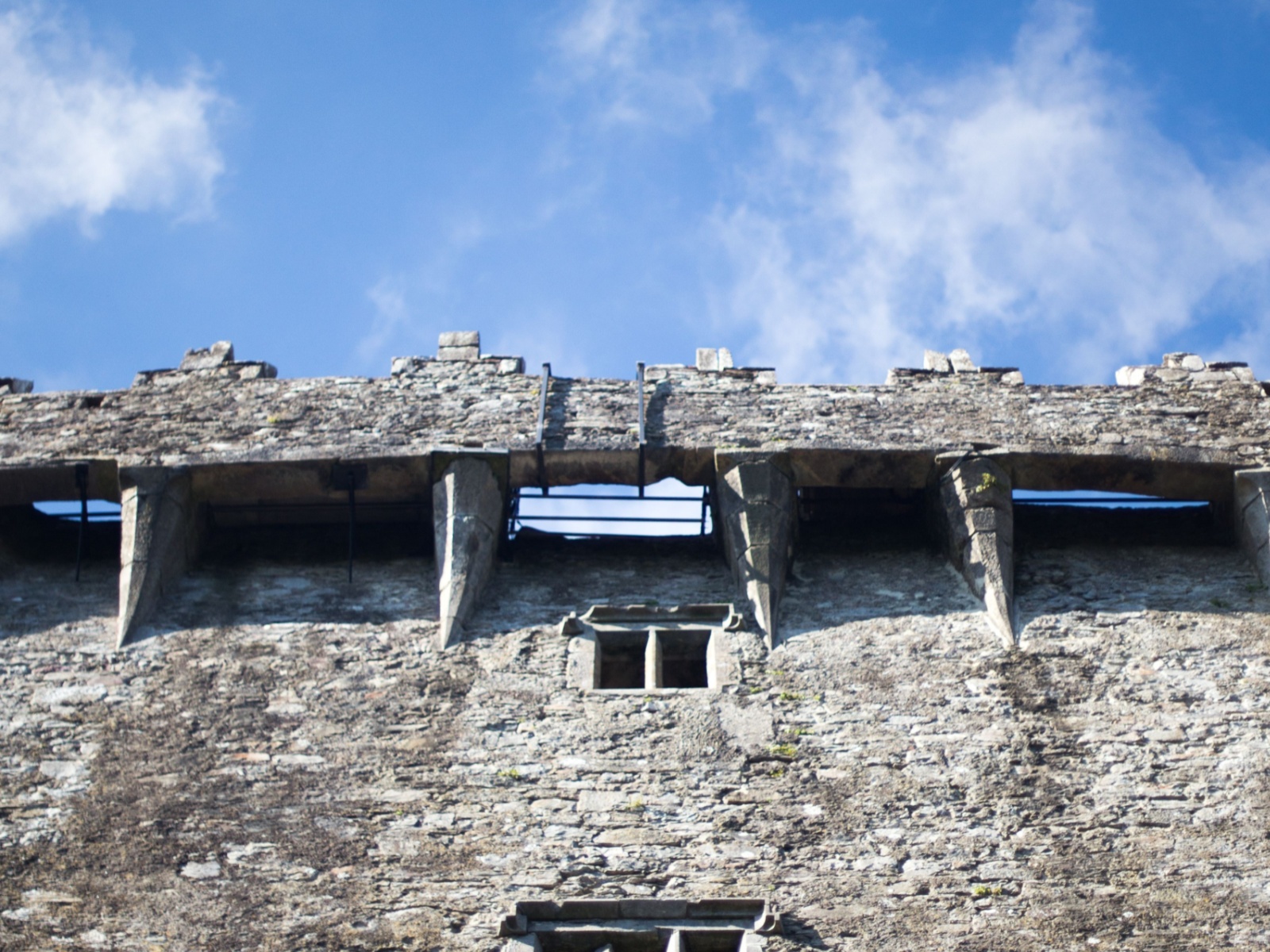
Located at Blarney Castle in Ireland, the Blarney Stone is a block of limestone that is believed to give anyone who kisses it the gift of eloquence and persuasiveness. Visitors can climb to the top of the castle and lean backward over a ledge to kiss the stone, which is said to have been blessed by a witch in the 15th century.
4. The Rosetta Stone

The Rosetta Stone is a fragment of an ancient Egyptian stele that was discovered in 1799 by French soldiers. The stone is inscribed with three different scripts – hieroglyphics, demotic, and ancient Greek – which allowed scholars to finally decipher Egyptian hieroglyphs. Today, the stone is housed in the British Museum in London and is one of the most famous artifacts in the world.
5. The Rock of Gibraltar
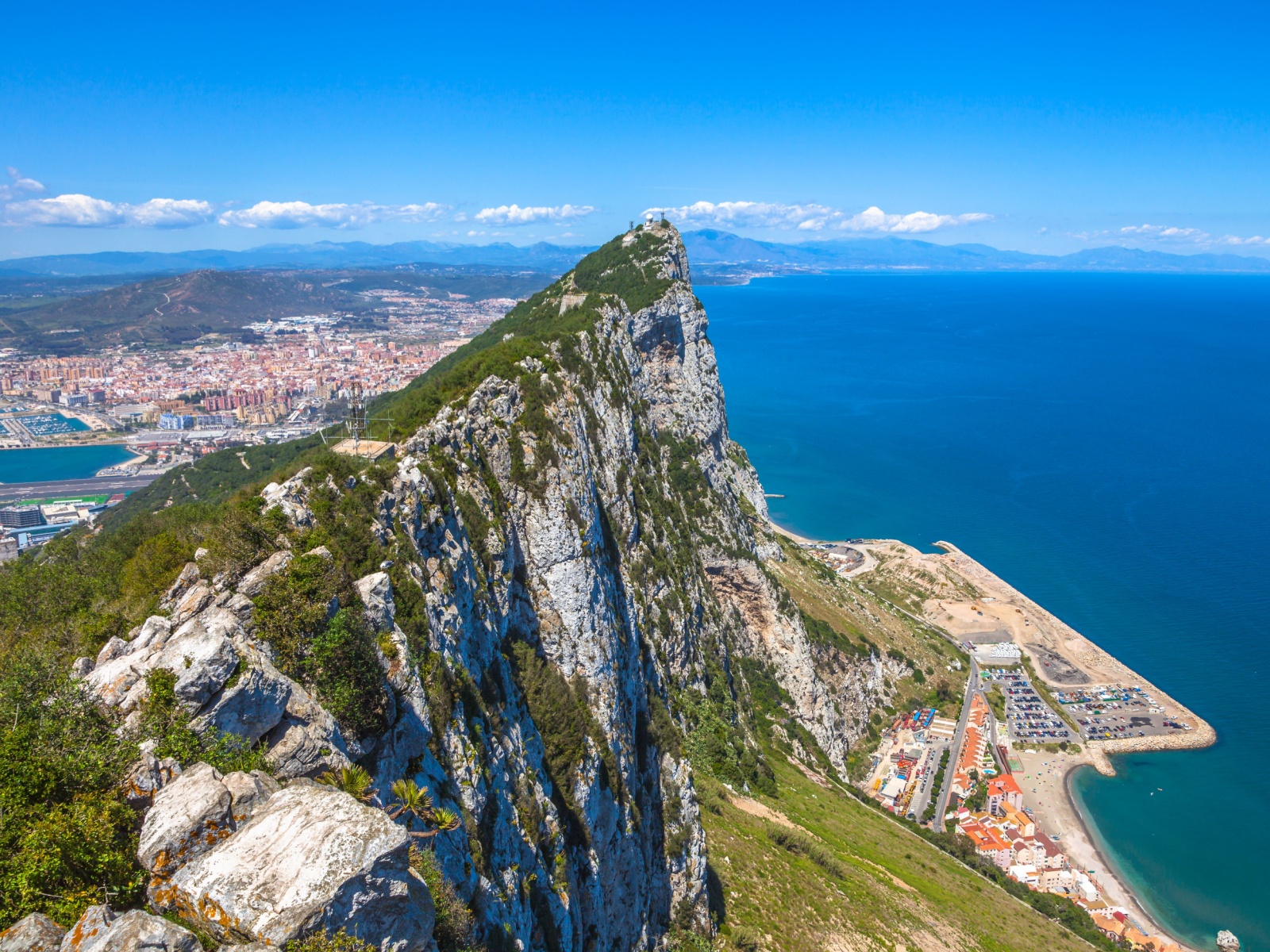
The Rock of Gibraltar is a limestone promontory located at the southern tip of the Iberian Peninsula, overlooking the Strait of Gibraltar. The rock is home to a British overseas territory and is known for its strategic location and its population of Barbary macaques, the only wild monkeys in Europe. Visitors can take a cable car to the top of the rock for stunning views of the surrounding area.
6. Stone of Scone
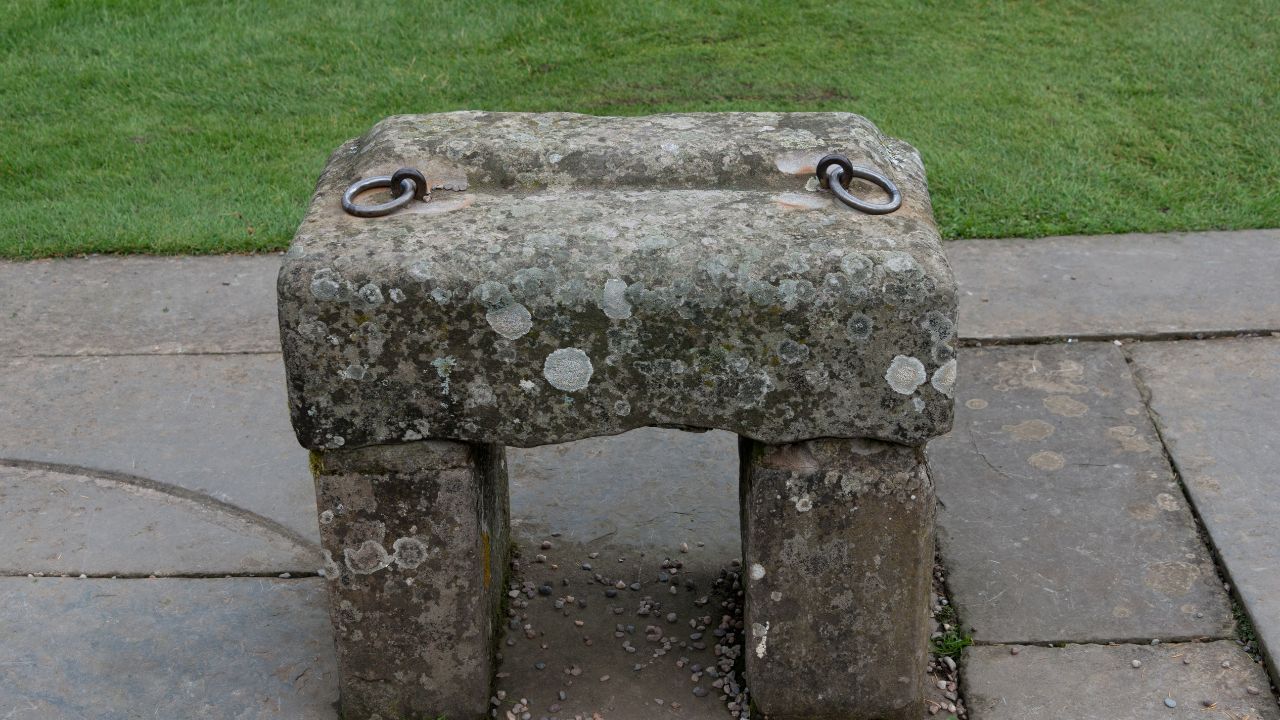
Also known as the Stone of Destiny, the Stone of Scone is an ancient symbol of Scottish sovereignty. The stone was used for centuries in the coronation of Scottish kings and was taken by the English in 1296 as a spoil of war. Today, the stone is housed in Edinburgh Castle and is only removed for coronation ceremonies.
7. The Old Man of the Mountain
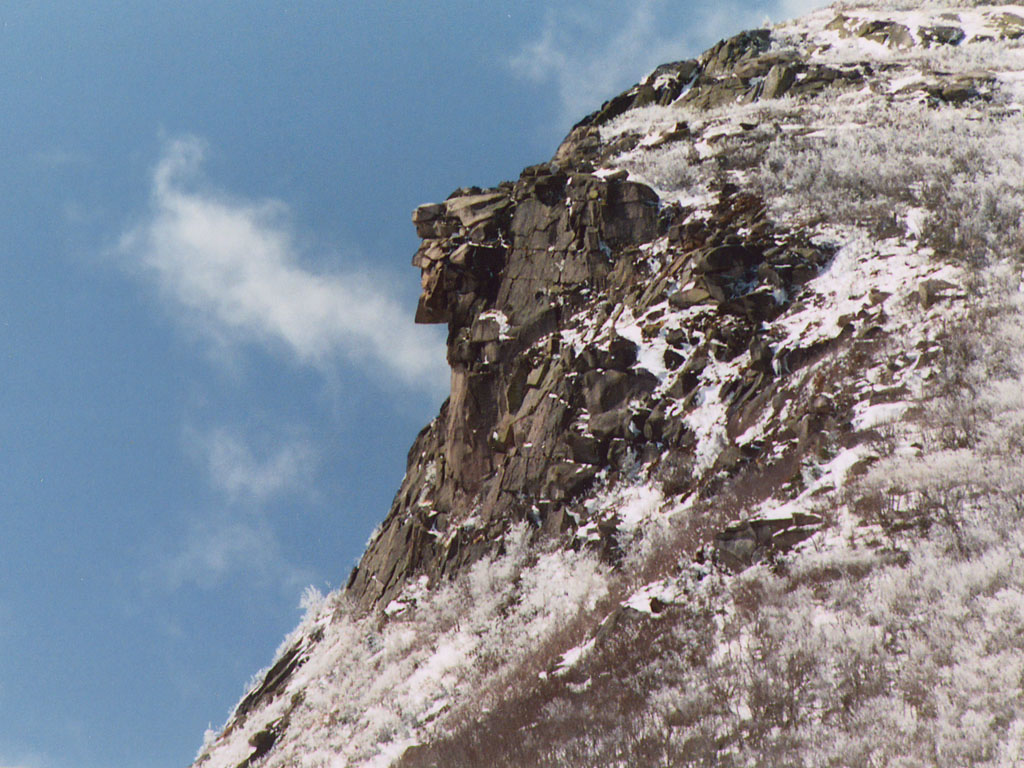
The Old Man of the Mountain was a natural rock formation in the White Mountains of New Hampshire that collapsed in 2003. The formation resembled the profile of a human face and was a beloved symbol of the state. Today, visitors can still see the site where the Old Man once stood and learn about its history at the nearby museum.
8. Devils Tower
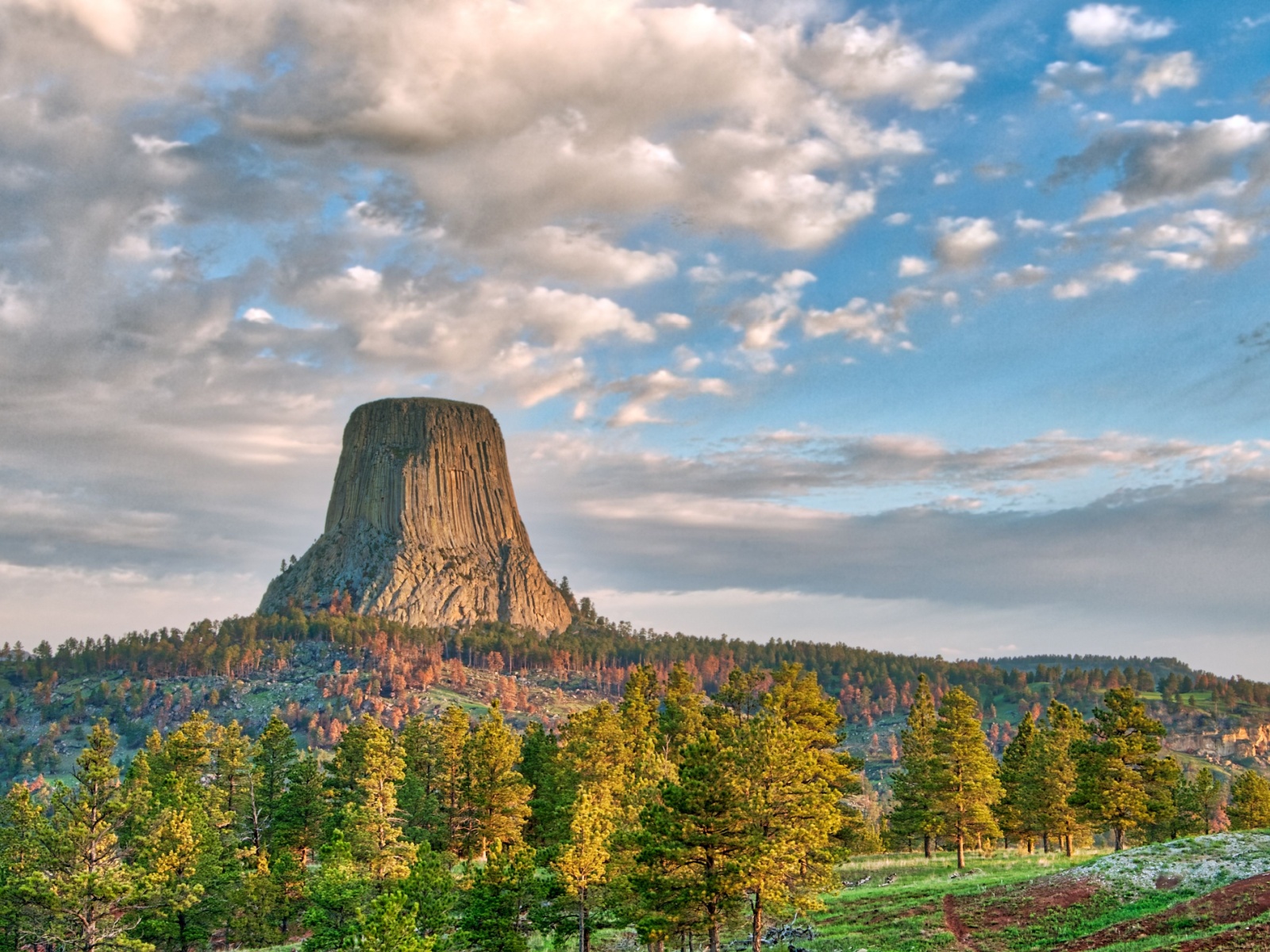
Devils Tower is a massive rock formation located in northeastern Wyoming that rises 1,267 feet above the surrounding landscape. The tower is made of igneous rock and is sacred to several Native American tribes in the area. Visitors can hike around the base of the tower or even climb to the top with proper equipment and training.
9. The Matterhorn
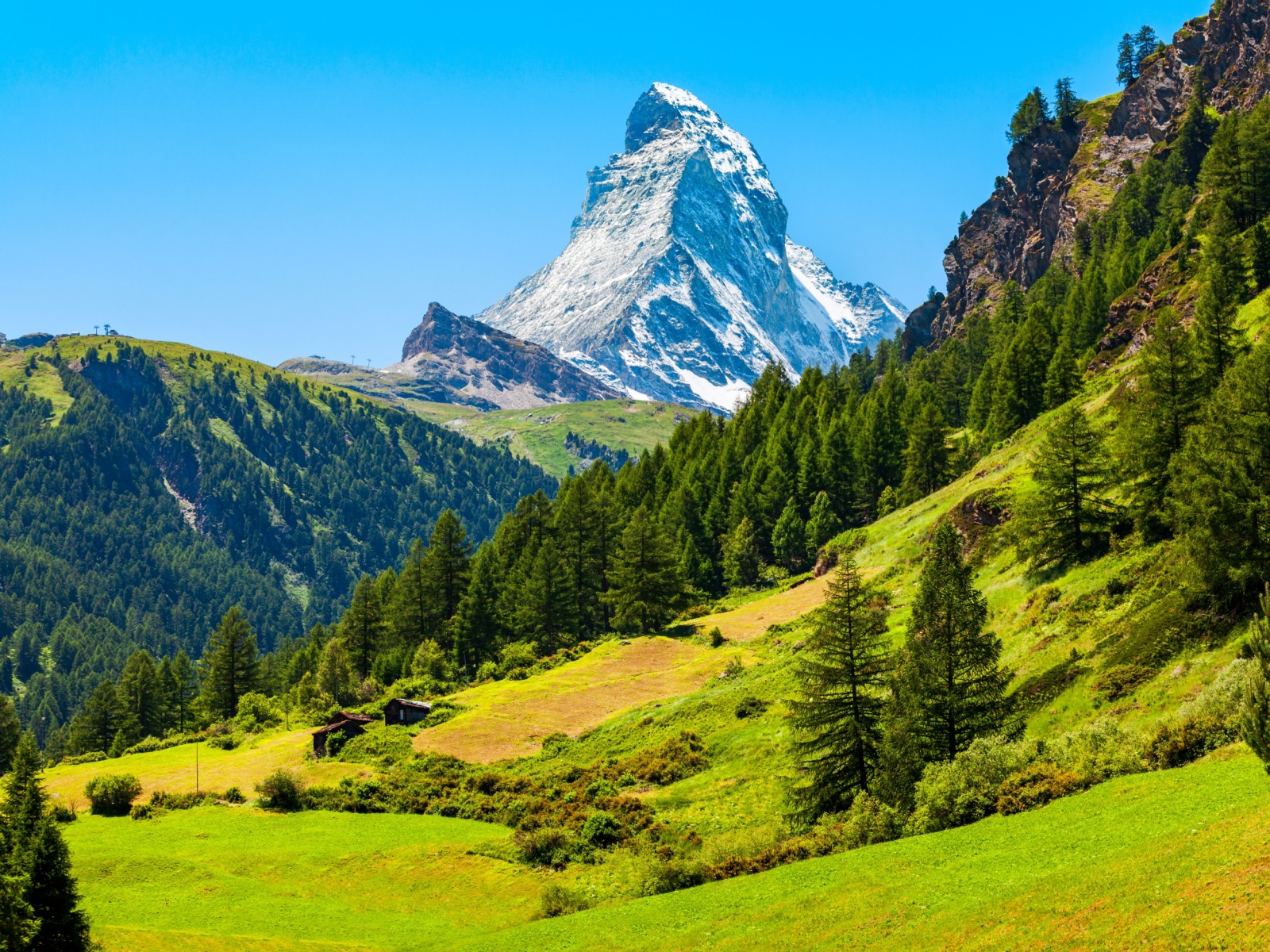
The Matterhorn is a iconic mountain located in the Alps on the border between Switzerland and Italy. The mountain is known for its distinctive pyramidal shape and is a popular destination for climbers and skiers. The Matterhorn has claimed the lives of over 500 climbers since the first ascent in 1865, making it one of the deadliest peaks in the world.
10. El Capitan
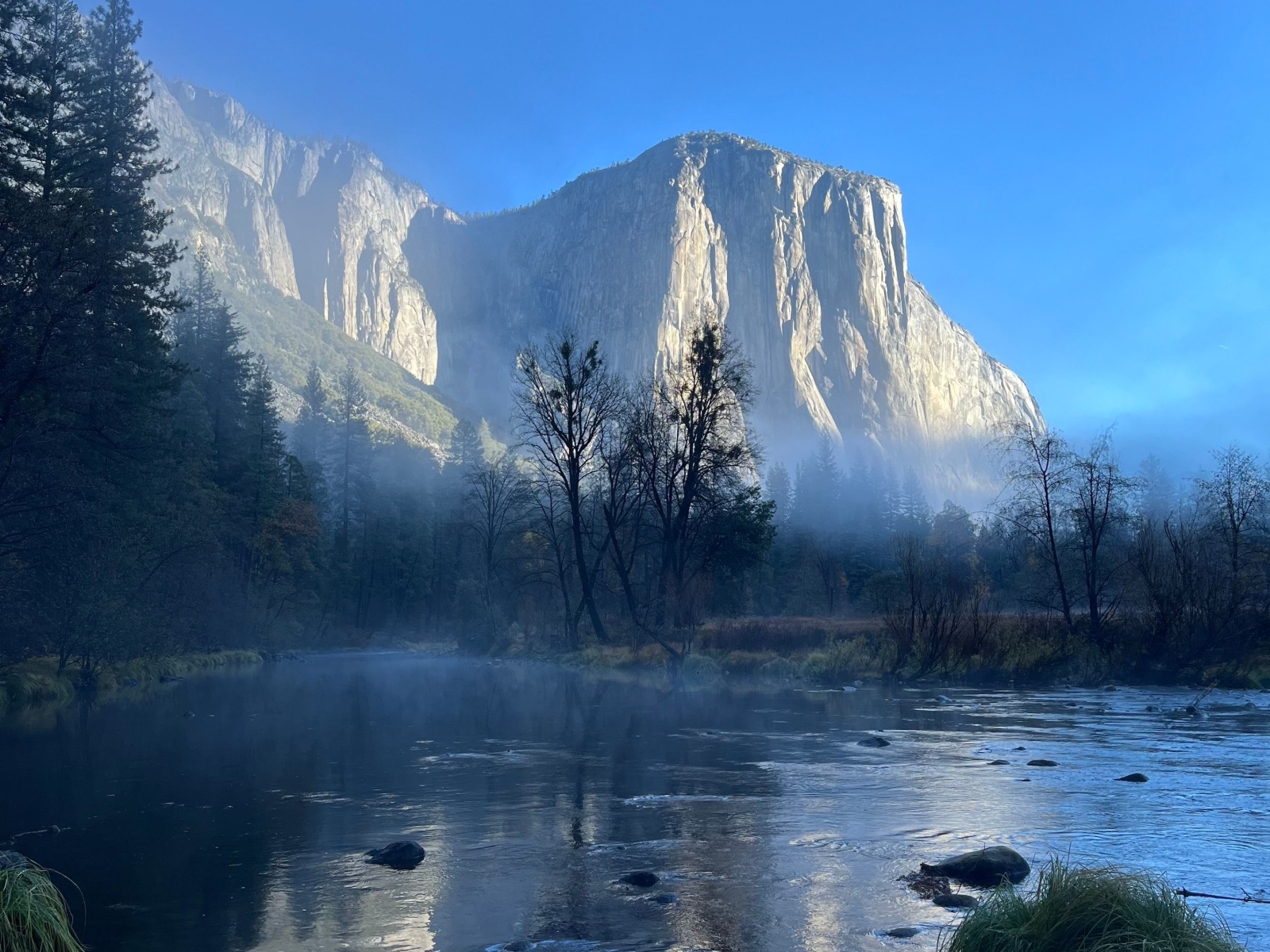
El Capitan is a vertical rock formation located in Yosemite National Park in California. The granite monolith rises over 3,000 feet above the valley floor and is a popular destination for rock climbers from all over the world. The first ascent of El Capitan was made in 1958 and took 47 days to complete.
11. Half Dome
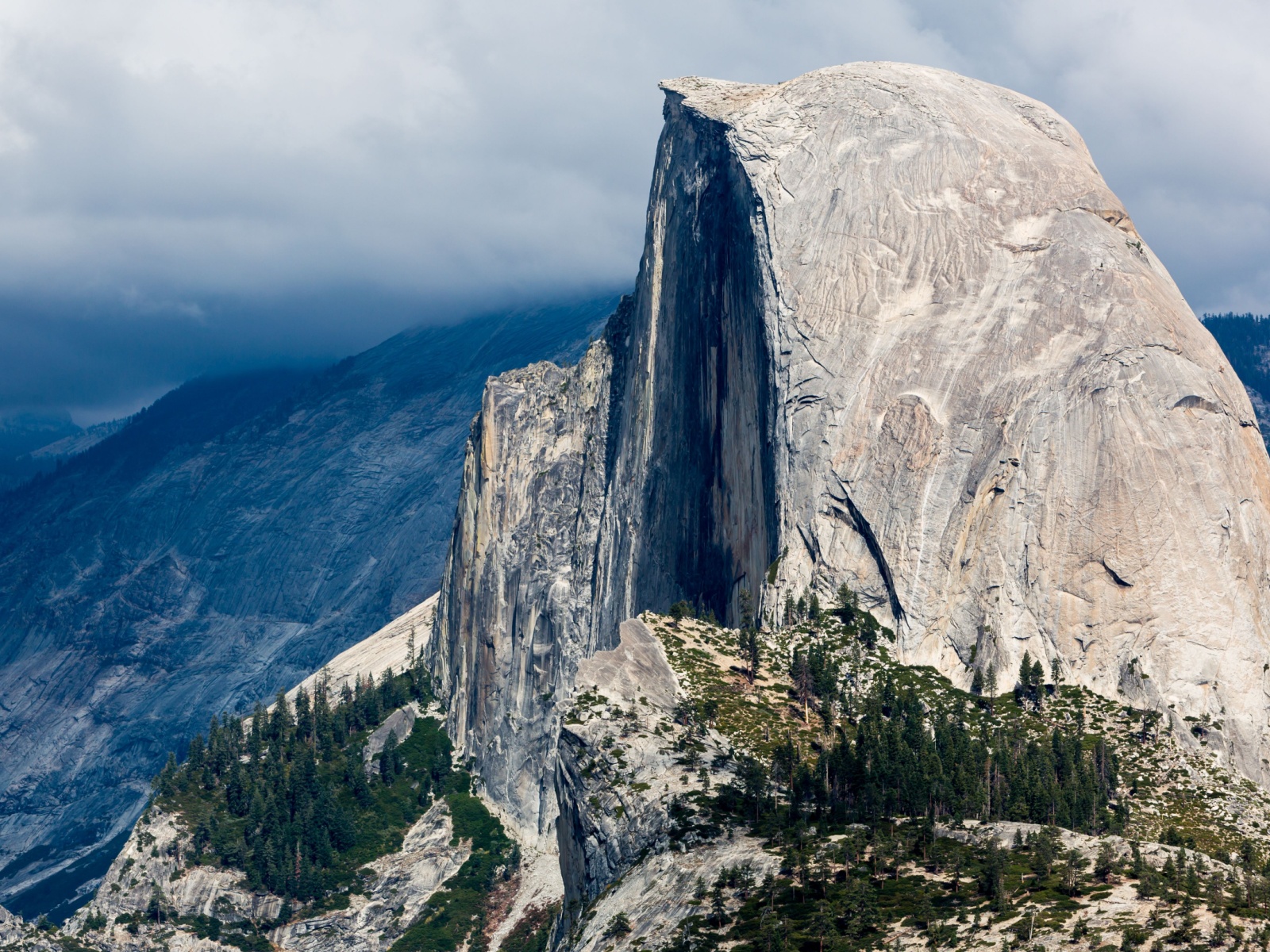
Also located in Yosemite National Park, Half Dome is a granite dome that rises 4,737 feet above the valley floor. The dome is named for its distinctive shape, which looks like a half-sphere that has been cut in half. Visitors can hike to the top of Half Dome via the famous cable route, which involves climbing up the steep backside of the dome using metal cables.
12. Mount Rushmore

Mount Rushmore is a massive sculpture located in the Black Hills of South Dakota that features the faces of four U.S. presidents – George Washington, Thomas Jefferson, Theodore Roosevelt, and Abraham Lincoln. The sculpture was completed in 1941 and attracts over 2 million visitors each year. Visitors can take a scenic drive to the base of the mountain and then hike a short trail to get a closer look at the faces.
13. Stonehenge
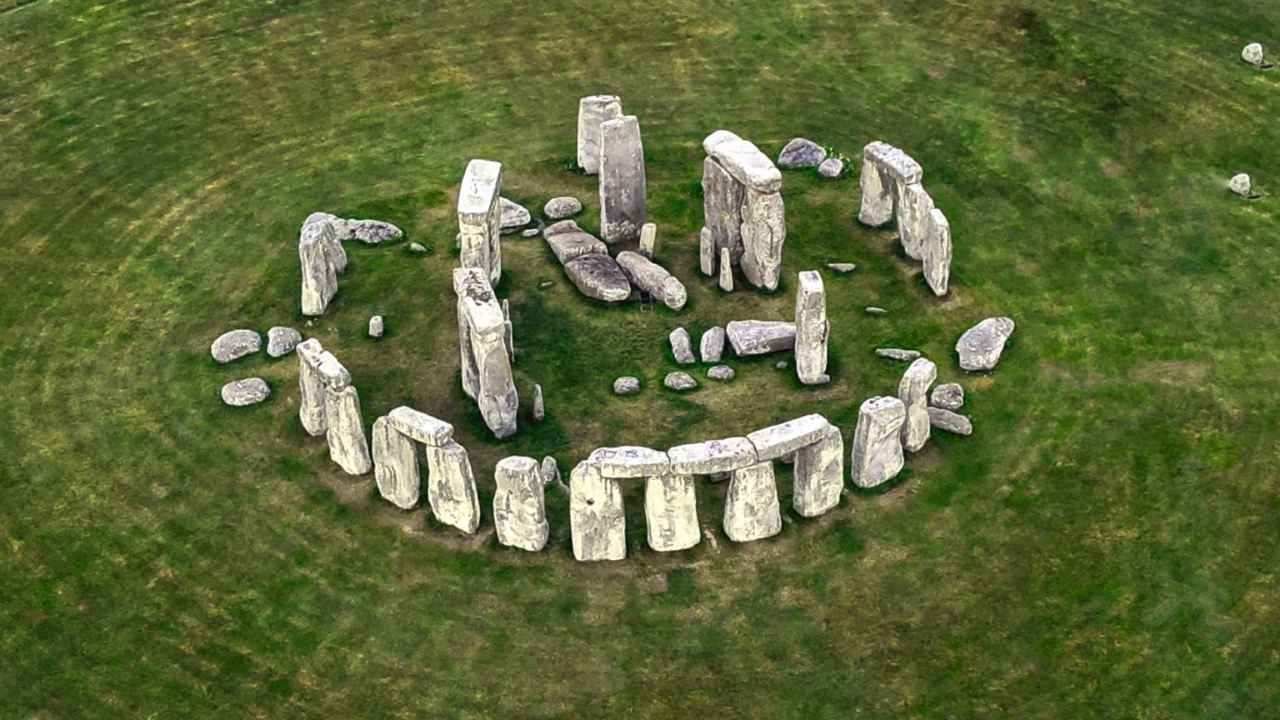
Stonehenge is a prehistoric monument located in Wiltshire, England, that consists of a ring of standing stones, each around 13 feet high and weighing around 25 tons. The monument was built between 3000 and 2000 BC and its exact purpose remains a mystery. Today, visitors can take a guided tour of the site and learn about the various theories surrounding its construction and use.
14. The Giant’s Causeway
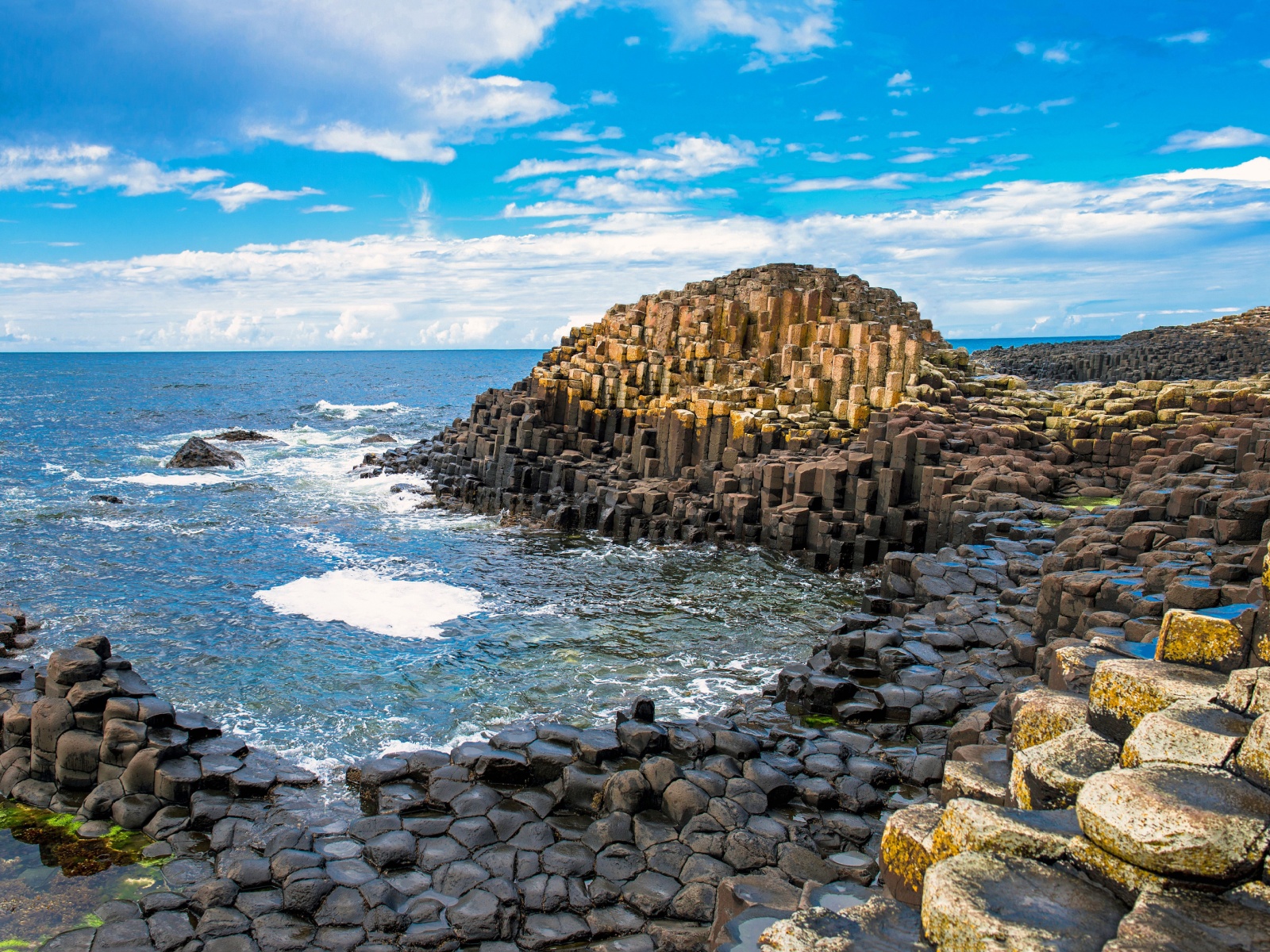
The Giant’s Causeway is a natural rock formation located on the coast of Northern Ireland that consists of over 40,000 interlocking basalt columns. According to legend, the columns were built by an Irish giant named Finn MacCool as a way to cross the sea to Scotland and fight a rival giant. Today, visitors can hike along the columns and learn about the geological processes that formed them.
15. Shiprock
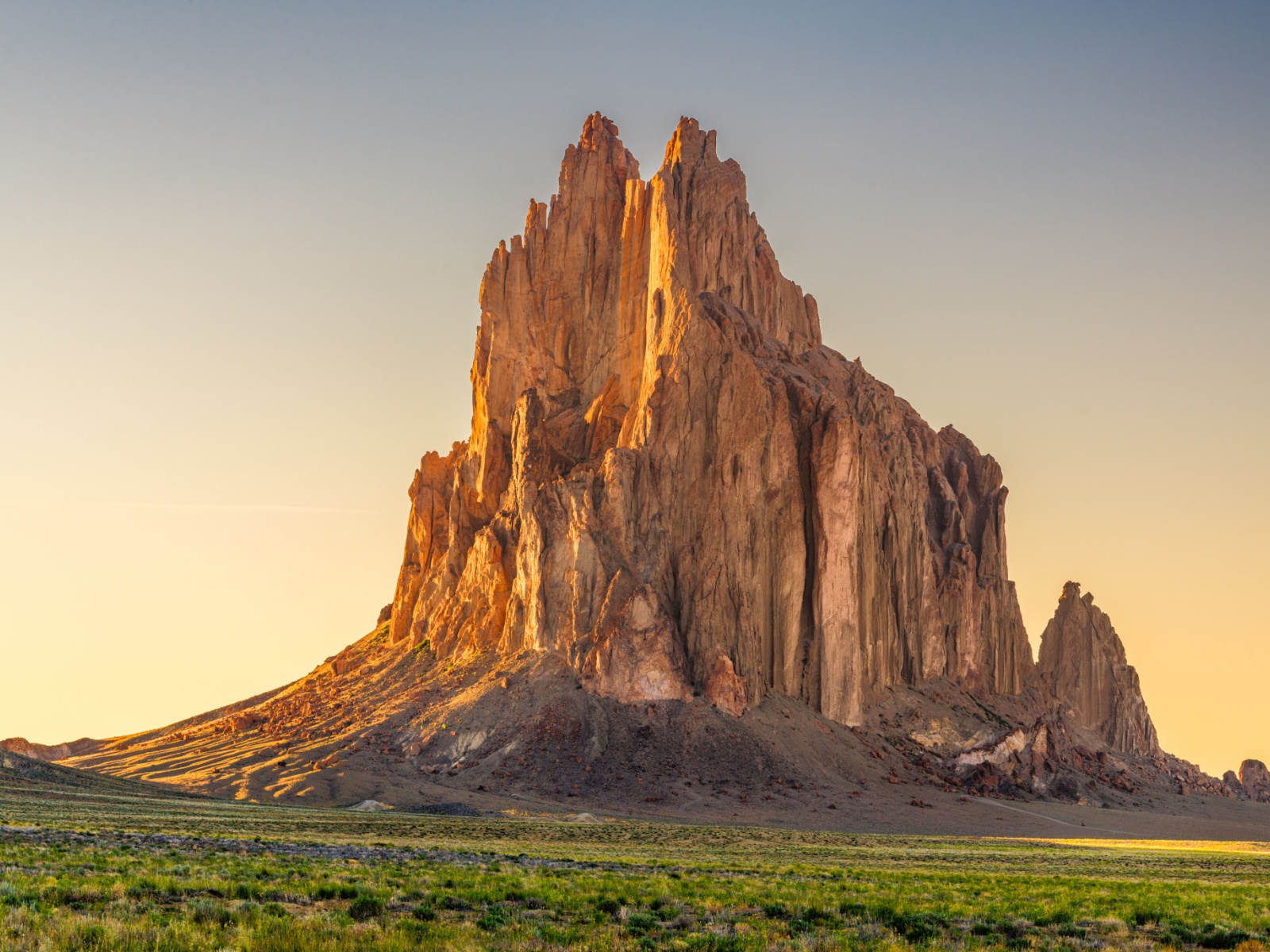
Shiprock is a towering rock formation located in the Four Corners region of New Mexico that rises 1,583 feet above the desert floor. The formation is the remains of an ancient volcano and is sacred to the Navajo people, who call it “Tsé Bitʼaʼí” or “rock with wings”. Visitors can see the formation from the highway or hike to its base, but climbing the rock is strictly forbidden.
16. The Wave
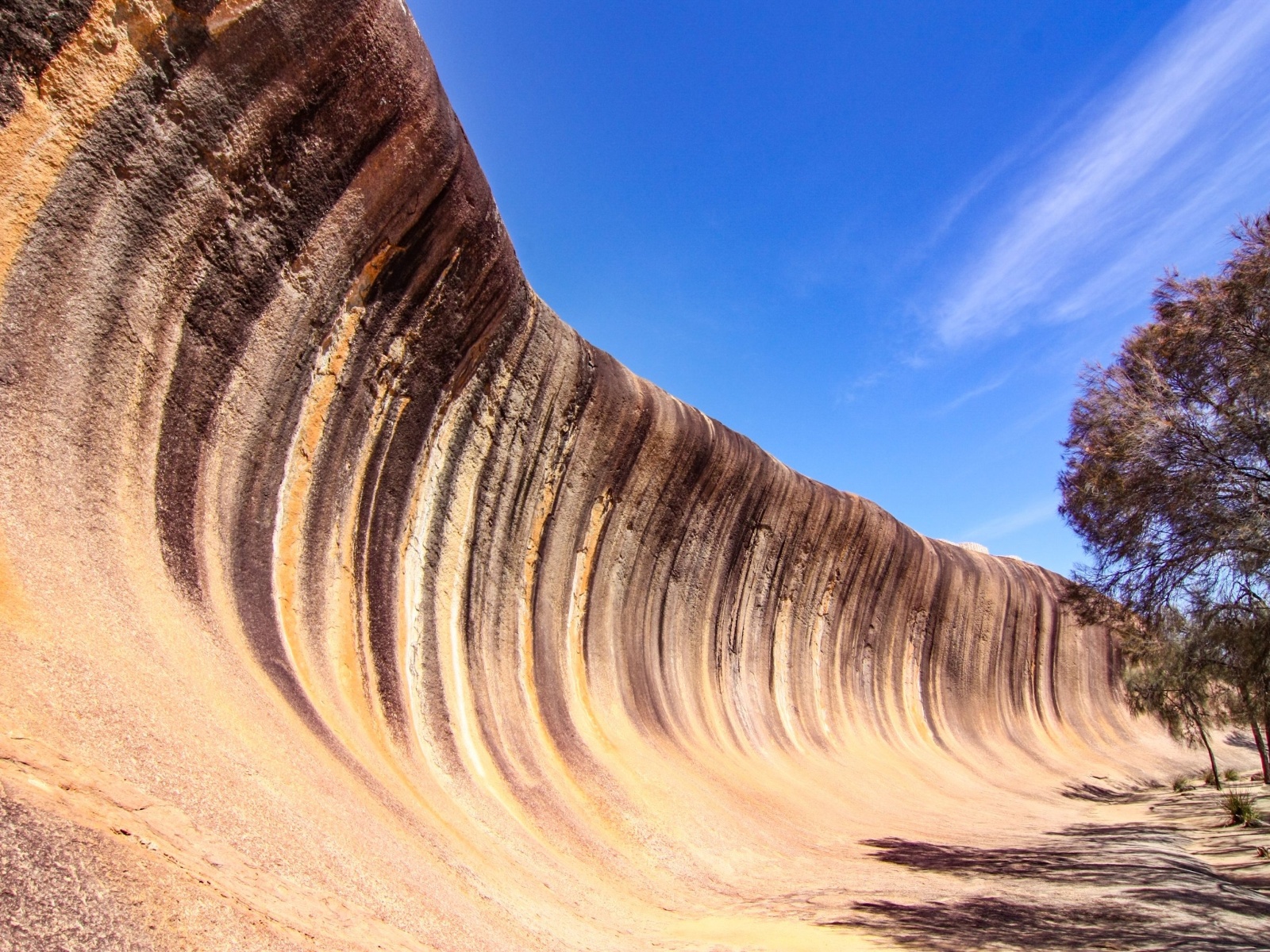
The Wave is a sandstone rock formation located in the Vermilion Cliffs National Monument in Arizona. The formation is known for its colorful, undulating layers of sandstone that resemble a wave. Access to The Wave is limited to just 20 permits per day, which are awarded through a lottery system. Visitors who are lucky enough to get a permit can hike to the formation and marvel at its unique beauty.
17. Haystack Rock
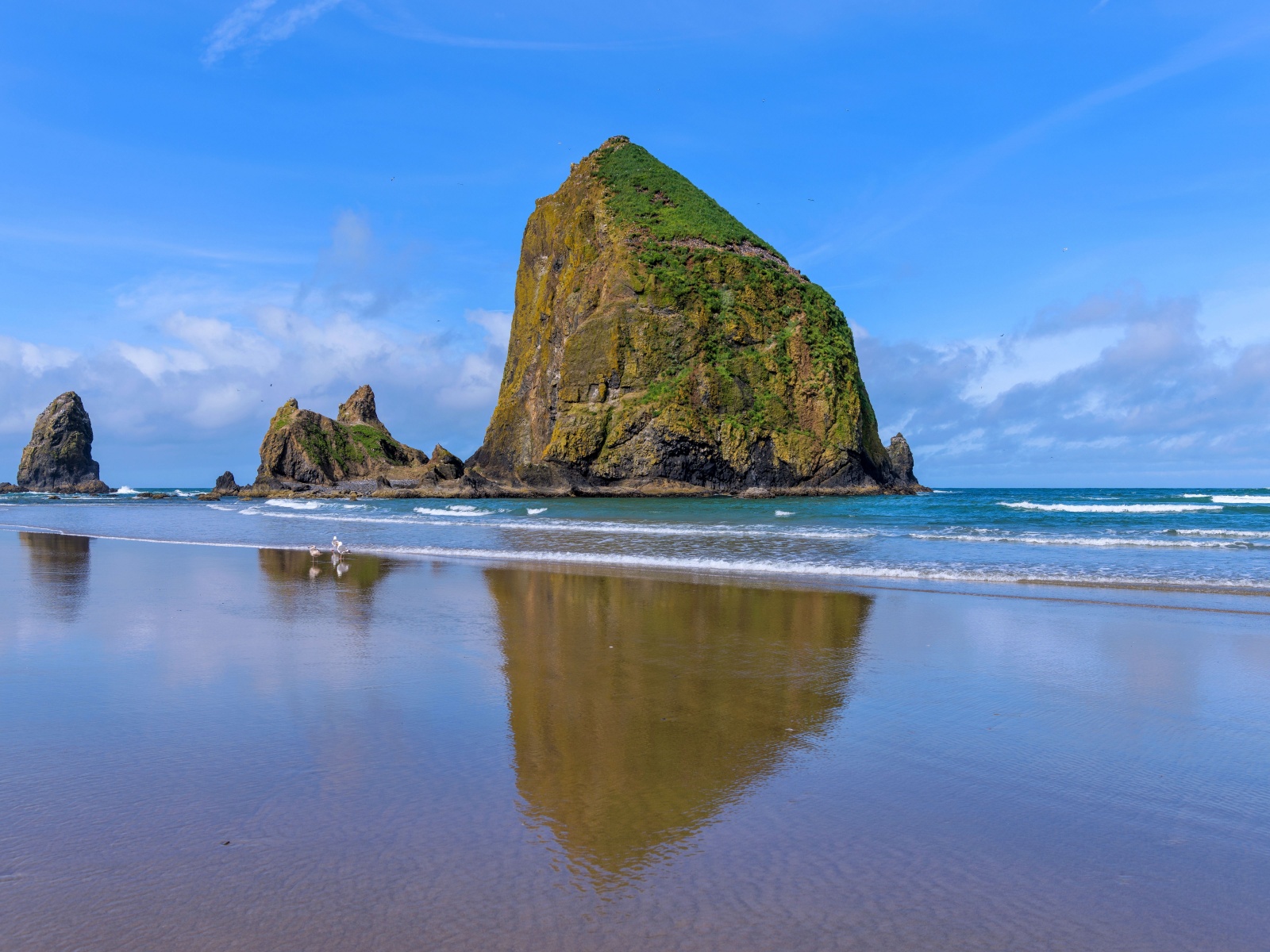
Haystack Rock is a 235-foot sea stack located on the coast of Oregon near the town of Cannon Beach. The rock is home to a variety of seabirds, including puffins and terns, and is a popular spot for beachgoers and photographers. Visitors can walk to the base of the rock at low tide and explore the tide pools that are teeming with marine life.
18. The Dolomites
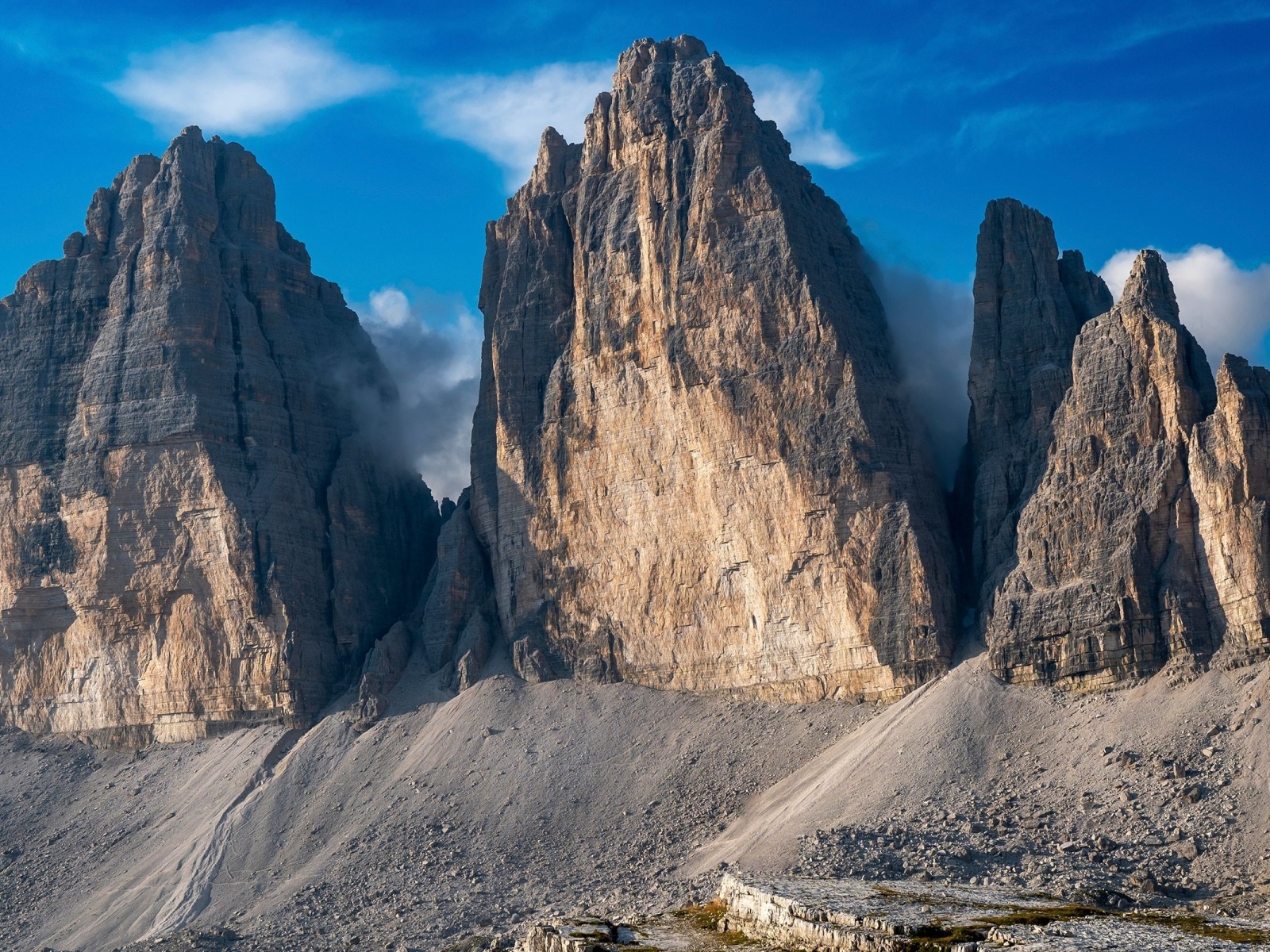
The Dolomites are a mountain range located in northeastern Italy that are known for their stunning rock formations and jagged peaks. The range is made up of a type of limestone called dolomite, which gives the mountains their distinctive pale color. The Dolomites are a popular destination for hikers, climbers, and skiers, and are home to a number of charming mountain villages.
19. The Needles
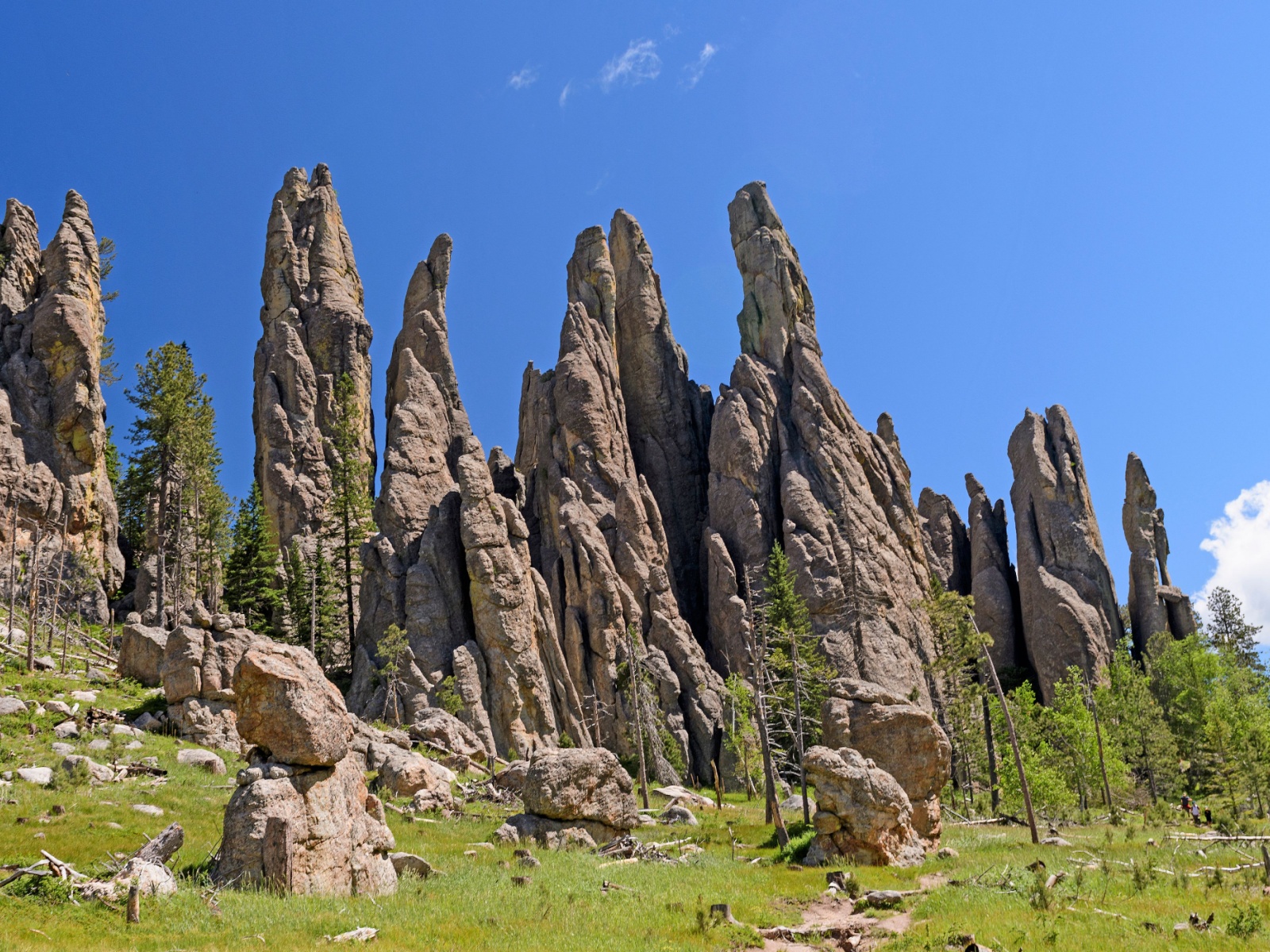
The Needles are a series of granite spires located in the Black Hills of South Dakota. The spires are a popular destination for rock climbers, who come from all over the world to test their skills on the challenging routes. The Needles are also home to a number of hiking trails that offer stunning views of the surrounding landscape.
20. Sugarloaf Mountain

Sugarloaf Mountain is a granite peak located in Rio de Janeiro, Brazil that rises 1,299 feet above the city. The mountain is a popular tourist attraction and can be reached by cable car or by hiking up the steep trails that wind their way to the summit. From the top of Sugarloaf, visitors can enjoy panoramic views of the city and the surrounding coastline.
Becky is a fervent wildlife enthusiast and pet care expert with a diploma in canine nutrition. Her love for animals stretches beyond the domestic, embracing the wild tapestry of global fauna. With over a decade of experience in animal welfare, Becky lends her expertise to OutlandishOwl through insightful articles, captivating wildlife information, and invaluable guidance on pet nutrition. Her work embodies a deep commitment to understanding the intricate lives of animals and a passion for educating others on sustaining natural habitats. Becky's hands-on conservation efforts and her knack for translating complex dietary science into practical pet feeding tips make her an indispensable voice for creatures great and small.

